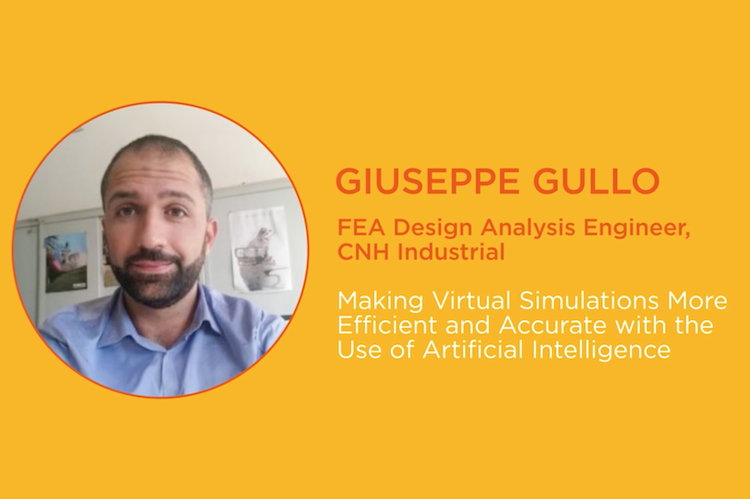Success of Altair Customers


Terms of Use | Privacy Notice | Data Privacy Framework | Cookie Notice | DMCA | Whistleblowing |
© Altair Engineering Inc. All Rights Reserved.
/CORP_Event_Digital_RomAI_Hubspot_1920x450.jpg)
 In the ever-evolving landscape of heavy and off-road machinery, the integration of digital twins and AI/ML technology stands as a beacon of innovation, drastically transforming design processes, operational efficiency, and return on investment (ROI).
In the ever-evolving landscape of heavy and off-road machinery, the integration of digital twins and AI/ML technology stands as a beacon of innovation, drastically transforming design processes, operational efficiency, and return on investment (ROI).
Digital twins and AI/ML technology are not just reshaping the present; they are paving the way for a more profitable, sustainable, and innovative future in the heavy machinery industry.

Modern simulation tools and powerful computational hardware are enabling today an entire new way of thinking in machinery design. Acquiring more information from the machinery with various sensors, and feeding those to precise predictive models, allow unprecedent possibility for machinery performance and ways of making business with it.

The use of artificial intelligence is changing virtual simulations, and this presentation will demonstrate how it is possible to speed them up and enhance their capabilities, also considering effects that were much more difficult to include.
romAI merges a user-friendly interface with an explicit definition of the training parameters. This combination enables users to produce accurate models that are easily deployable."

Information silos present a major challenge to Heavy Equipment OEMs. Poor integration of simulation models across the product life cycle, limited reuse of models between programs, and a variation of modeling maturity across various engineering disciplines result in lack of traceability and ultimately hampers development efficiency and product performance. Using system modeling and asset-centric data analytics solutions help develop and orchestrate coherent models to increase decision-making confidence and speed.

Simulation-driven design changed heavy equipment product development forever, enabling engineers to reduce design iterations and prototype testing. Increasing scientific computing power expanded the opportunity to apply analysis, making large design studies possible within the timing constraints of a program. Now engineering data science is transforming product development again.
Augmented simulation features inside Altair® HyperWorks® are accelerating the design decision process with machine learning (ML). The power of ML-based AI-powered Engineering combined with physics-based simulation-driven design leveraging the latest in high-performance computing is just being realized.
Leveraging AI in the design of e-motors and actuators for heavy vehicles in the agriculture, construction, and mining industries offers transformative benefits. AI-driven design processes can significantly accelerate development times by rapidly simulating various design scenarios, optimizing components for performance and energy efficiency.
This leads to reduced time-to-market, allowing manufacturers to swiftly adapt to evolving industry demands.
Watch this presentation by Altair expert, Vincent Leconte, to learn more.
Altair's Reduced Order of Magnitude AI (romAI) solution significantly accelerates computational times, enabling engineers to perform complex simulations with unprecedented speed and efficiency.
By distilling vast datasets into manageable models, romAI facilitates rapid iteration and optimization, reducing the time-to-market for new designs. This not only enhances productivity but also empowers developers to explore a wider array of design possibilities, ultimately leading to more robust and sophisticated vehicle systems.
Watch this presentation by Altair expert, Spiros Mallios, to learn more.

Traditionally maintenance scheduling has been reactive, leading to unnecessary costs and unexpected downtime. Predictive maintenance strategies can help companies be more proactive with their maintenance schedules.
A digital twin that can provide timely insights about system health is critical to such strategies.
In this video, Altair expert, Livio Mariano, will explain:

The challenge in developing bulk material handling machinery and equipment lies in the traditionally time-consuming and resource-intensive process of creating and testing physical prototypes. Utilizing AI-powered design tools with discrete element modeling in EDEM offers a transformative solution by:
Altair expert, Jerrin Sibychan, explains how this can be done in this presentation.